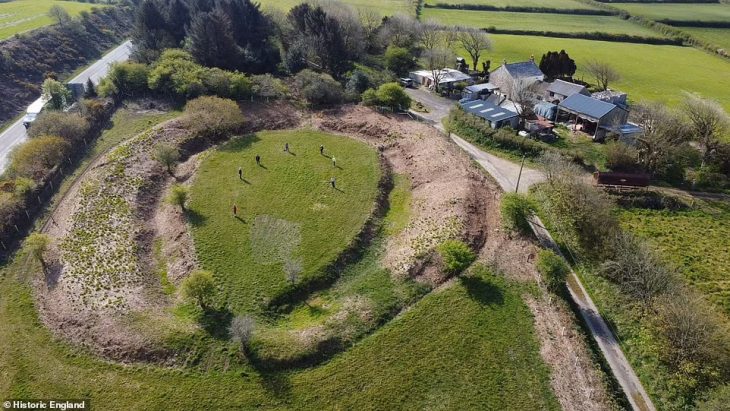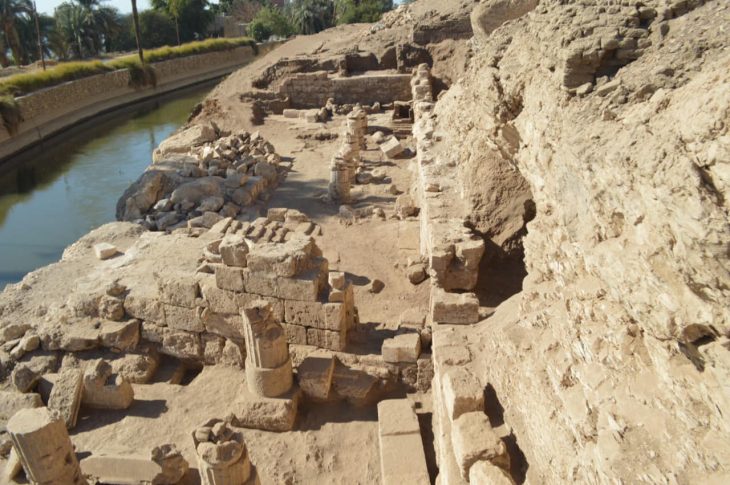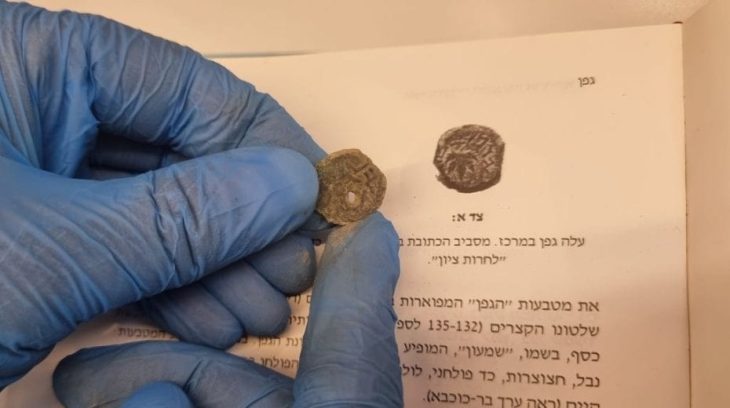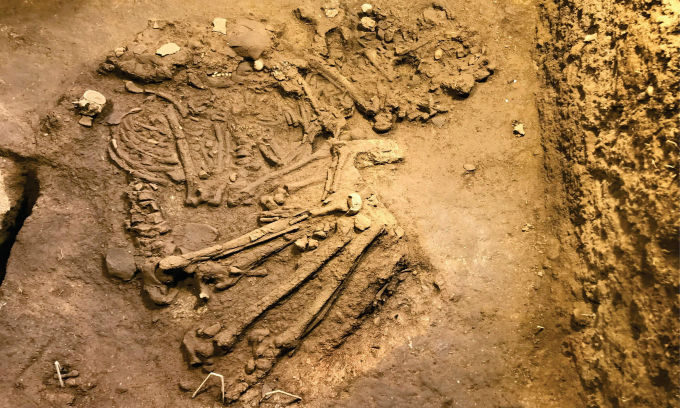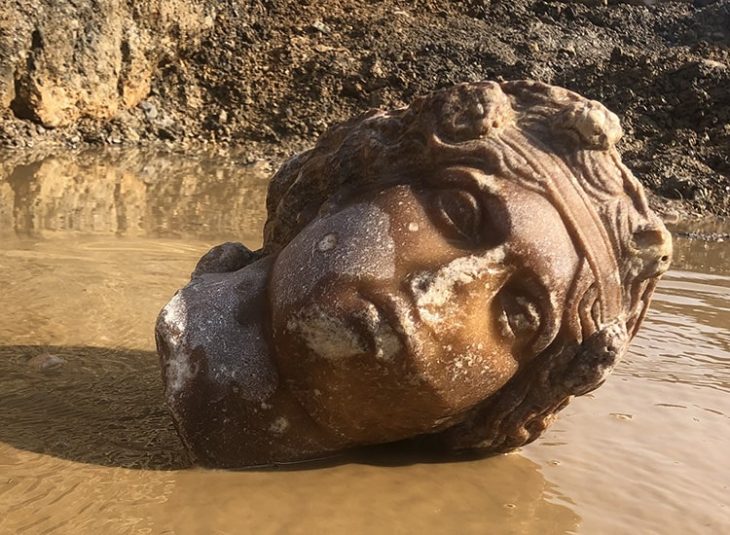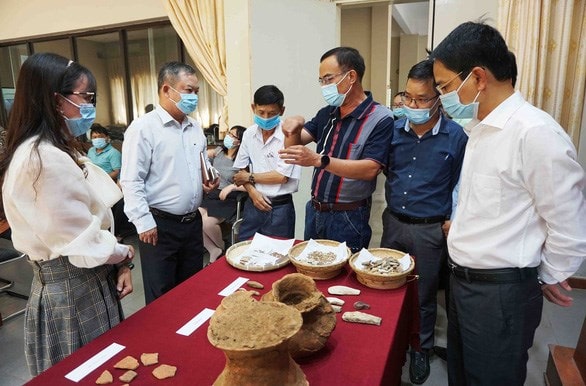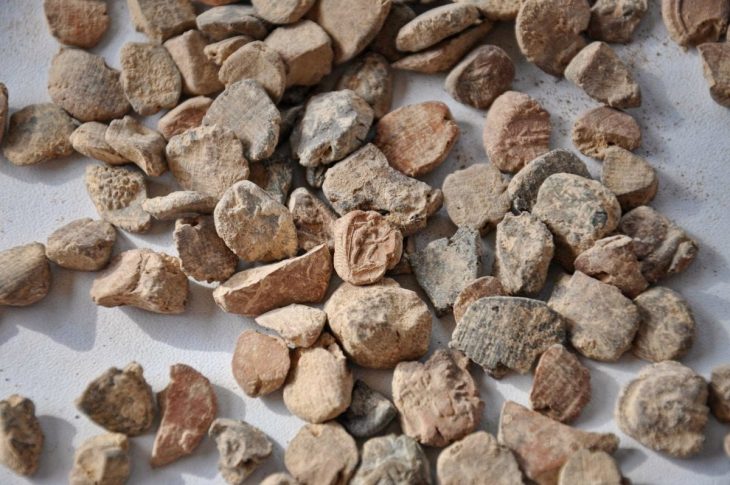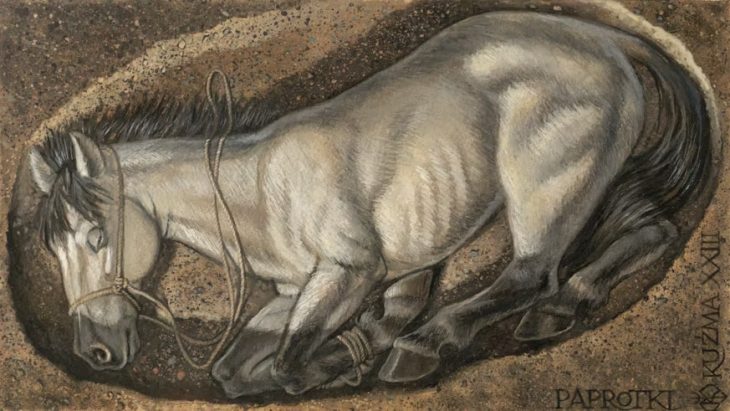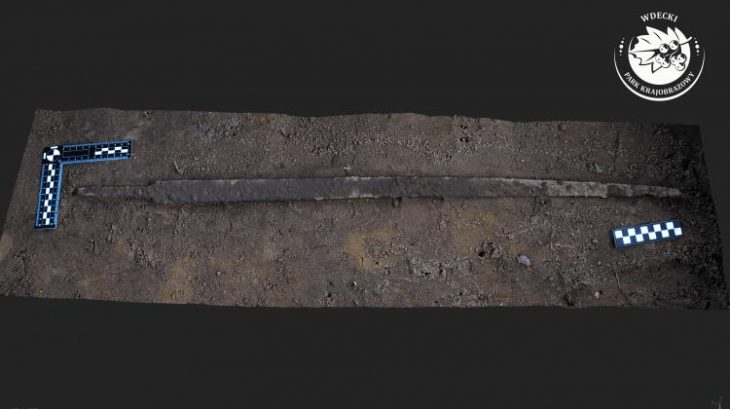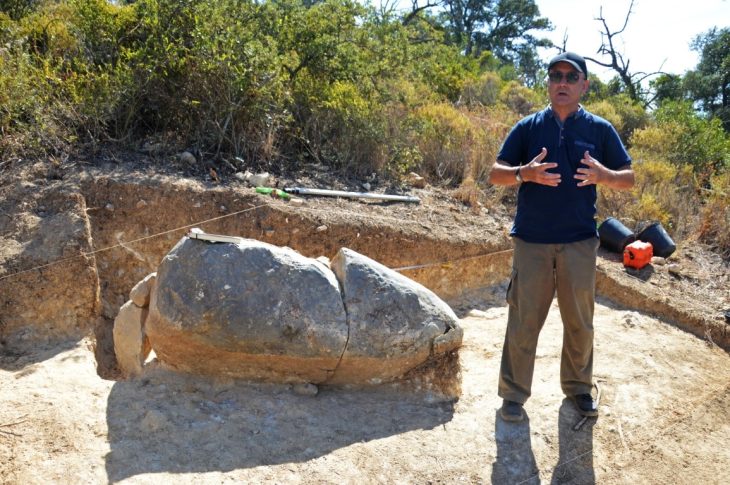Archaeologists working at the Moche site of Pañamarca in the Nepeña Valley of north-coastal Peru discovered a pillared throne room with imagery and evidence that a high-status female leader used it.
The director of the project, Jessica Ortiz Zevallos, called the area where this throne was found the “Hall of Moche Imagery.” The hall, which is surrounded by walls and pillars, is decorated with four distinct scenes that show a strong woman either sitting on her throne or welcoming guests in procession.
Between 350 and 850 C.E., a society known as the Moche thrived in the coastal valleys of northern Peru. Pañamarca, in the Nepeña Valley, is the southernmost center of the Moche culture. This culture is famous for its elite tombs, impressive architecture, detailed artistic representations, complex artifacts, and rich religious imagery.
The Archaeological Landscapes of Pañamarca, founded in 2018, is a collaboration between Peruvian and U.S. archaeologists, art historians, and conservators. The National Geographic Society, the Institute of Latin American Studies at Columbia University, and the Avenir Conservation Center at the Denver Museum of Nature & Science support its research and digs.
This year, archaeologists uncovered a pillared room containing evidence of its use by a high-status female leader. A queen’s throne room with wall paintings depicting her is another unique find that has yet to be discovered in the Moche archaeological record.

The Hall of the Moche Imaginary’s walls and pillars depict scenes of a female ruler, including a woman on a throne speaking to a bird man, a crowned woman raising her goblet, a crowned woman wielding a scepter and a serpent rattle, and a procession of men carrying textiles.
Other paintings found in the hall include a figure with a human body but spider legs carrying a goblet and a whole workshop of women spinning and weaving.
“Experts will debate whether the woman painted on the walls of the throne room is human or mythical (a priestess, goddess, or queen),” researchers say. “But the physical evidence of the throne, including the erosion to its back support and the recovery of greenstone beads, fine threads, and even human hair, make clear that it was occupied by a real living person—and the evidence all points to a seventh-century woman leader of Pañamarca.”
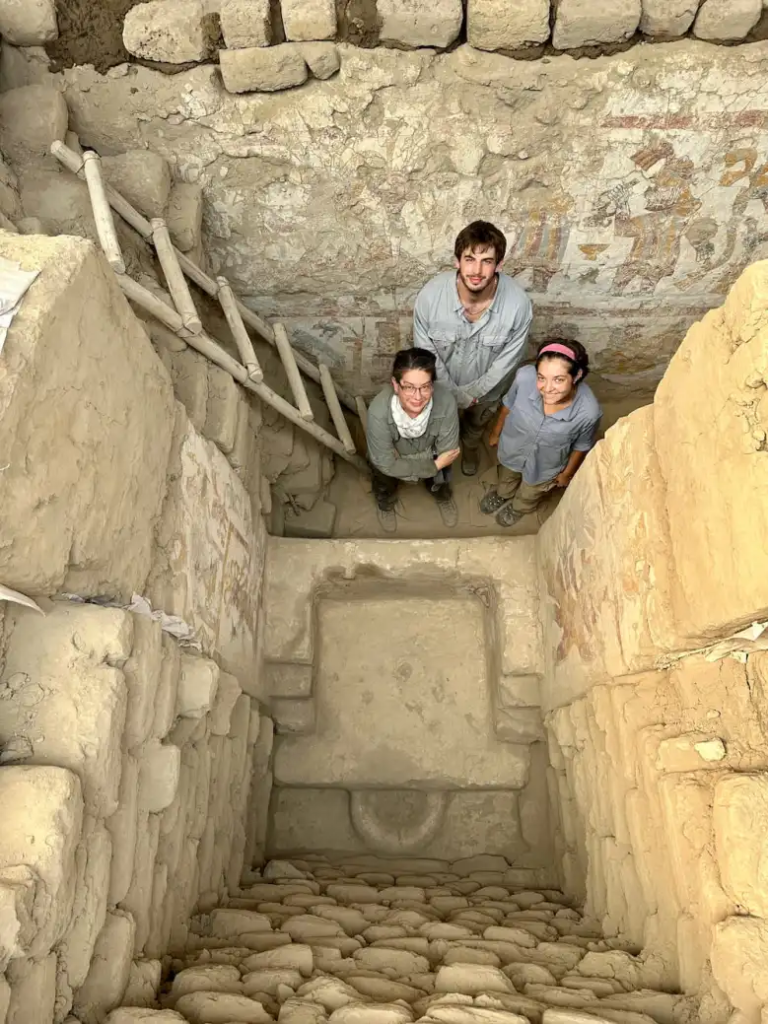
Lisa Trever, professor of art history at Columbia University, says, “Pañamarca continues to surprise us, not only for the ceaseless creativity of its painters but also because their works are overturning our expectations of gender roles in the ancient Moche world.”
The “Hall of Braided Serpents,” a monumental structure hitherto undiscovered, was discovered during excavations conducted as part of another project phase in the plaza. This hall, which is unique in Moche art, is situated in the southern corner of the spacious plaza and is supported by square pillars. It is notable for its murals that show a figure whose body is made up of intertwined serpents with human legs. Additionally, there are representations of warriors, anthropomorphized weapons, and a scene of a monster chasing a man.
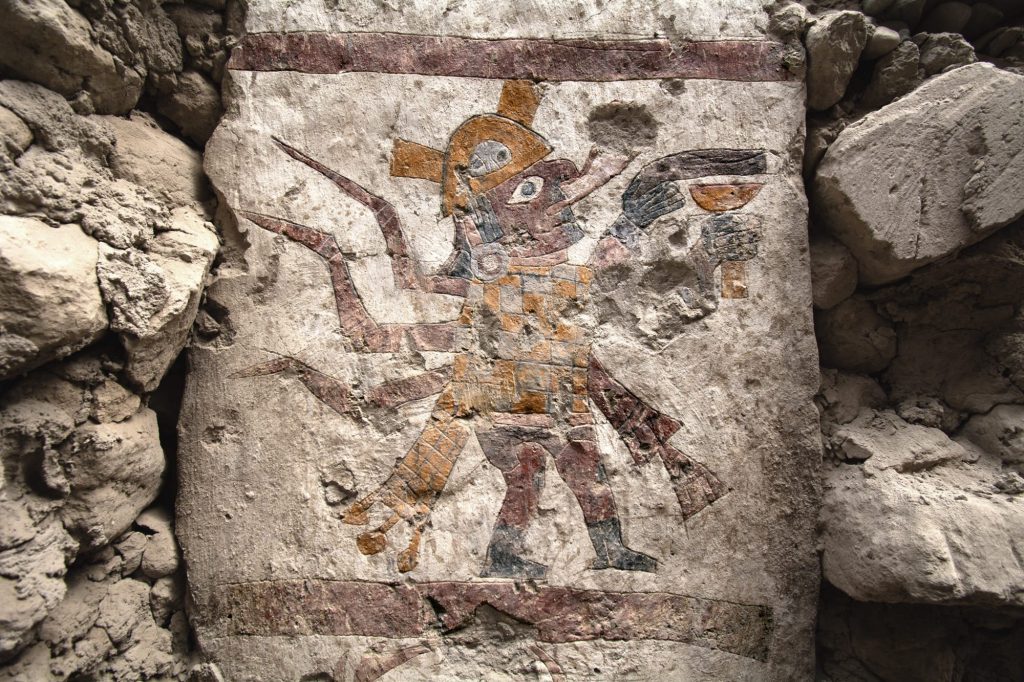
Regarding conservation, the excavation work at Pañamarca is done in tandem with a careful preservation project.
Cover Image Credit: Lisa Trever / Pañamarca Digital / Denver Museum of Nature & Science


